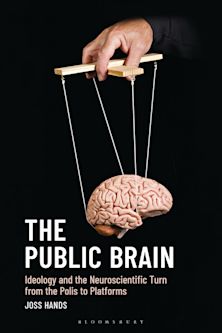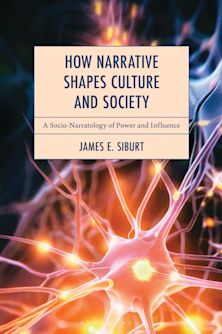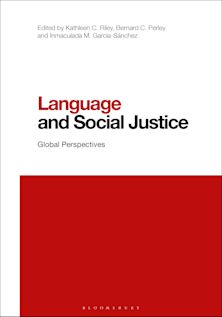Conspiracy Beliefs as Coping Behavior
Life Stressors, Powerlessness, and Extreme Beliefs
Conspiracy Beliefs as Coping Behavior
Life Stressors, Powerlessness, and Extreme Beliefs
This product is usually dispatched within 2-4 weeks
- Delivery and returns info
-
Flat rate of $10.00 for shipping anywhere in Australia
Description
This book provides new answers to who and psychologically why individuals sometimes adopt conspiracy beliefs and thoughts of violence. Five conspiracy beliefs are considered: Government Malfeasance, Malevolent World Power, Extra-terrestrial Cover-up, Personal Well-being Threat, and Control of Information. Using a survey of 977 US citizens, the book compares thirteen possible demographic characteristics (who?) to see which ones are most associated with extreme beliefs. The book then evaluates a three-step psychological sequence (why?) in which individuals experiencing intense life stressors (health, money, or loneliness), combined with powerlessness (displayed as PTSD symptoms), have increased risk for extreme beliefs, perhaps because they offer a sense of understanding, strength, and community.
Table of Contents
List of Tables and Figures
Acknowledgments
Introduction
Part 1. Foundations
Chapter 1. Theoretical Perspectives on Conspiracy Theory Ideation
Chapter 2. Past Research on WHO? and WHY? People Adopt Conspiracy Beliefs
Part 2. Conspiracy Theories Past and Present
Chapter 3. Conspiracy Theories in an Historical Context
Chapter 4. Contemporary Conspiracy Theories
Chapter 5. The Present Study
Part 3. Research Methodology
Chapter 6. Study Participants
Chapter 7. Survey Procedures
Chapter 8. Measurement of Study Variables
Part 4. Data Analysis and Results
Chapter 9. Demographics and Three Life Stressors
Chapter 10. Demographics and PTSD (Powerlessness)
Chapter 11. Demographics and Extreme Beliefs
Chapter 12. Life Stressors and PTSD (Powerlessness)
Chapter 13. Life Stressors and Extreme Beliefs
Chapter 14. Five Conspiracy Beliefs and Violent Ideation
Chapter 15. Does PTSD Mediate between Life Stressors and Extreme Beliefs?
Chapter 16. Do Demographics Moderate the Three-Variable Mediations?
Part 5. Summary and Conclusions
Chapter 17. Summary of Study Results
Chapter 18. Interpretation and Application of Study Results
Chapter 19. Study Limitations and Directions for Future Research
References
About the Authors
Product details
| Published | 01 Nov 2022 |
|---|---|
| Format | Hardback |
| Edition | 1st |
| Extent | 190 |
| ISBN | 9781666904031 |
| Imprint | Lexington Books |
| Illustrations | 25 b/w illustrations; 12 tables |
| Dimensions | 237 x 161 mm |
| Publisher | Bloomsbury Publishing |
Reviews

ONLINE RESOURCES
Bloomsbury Collections
This book is available on Bloomsbury Collections where your library has access.


































